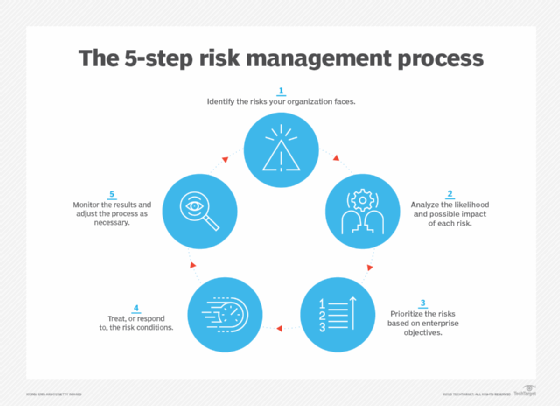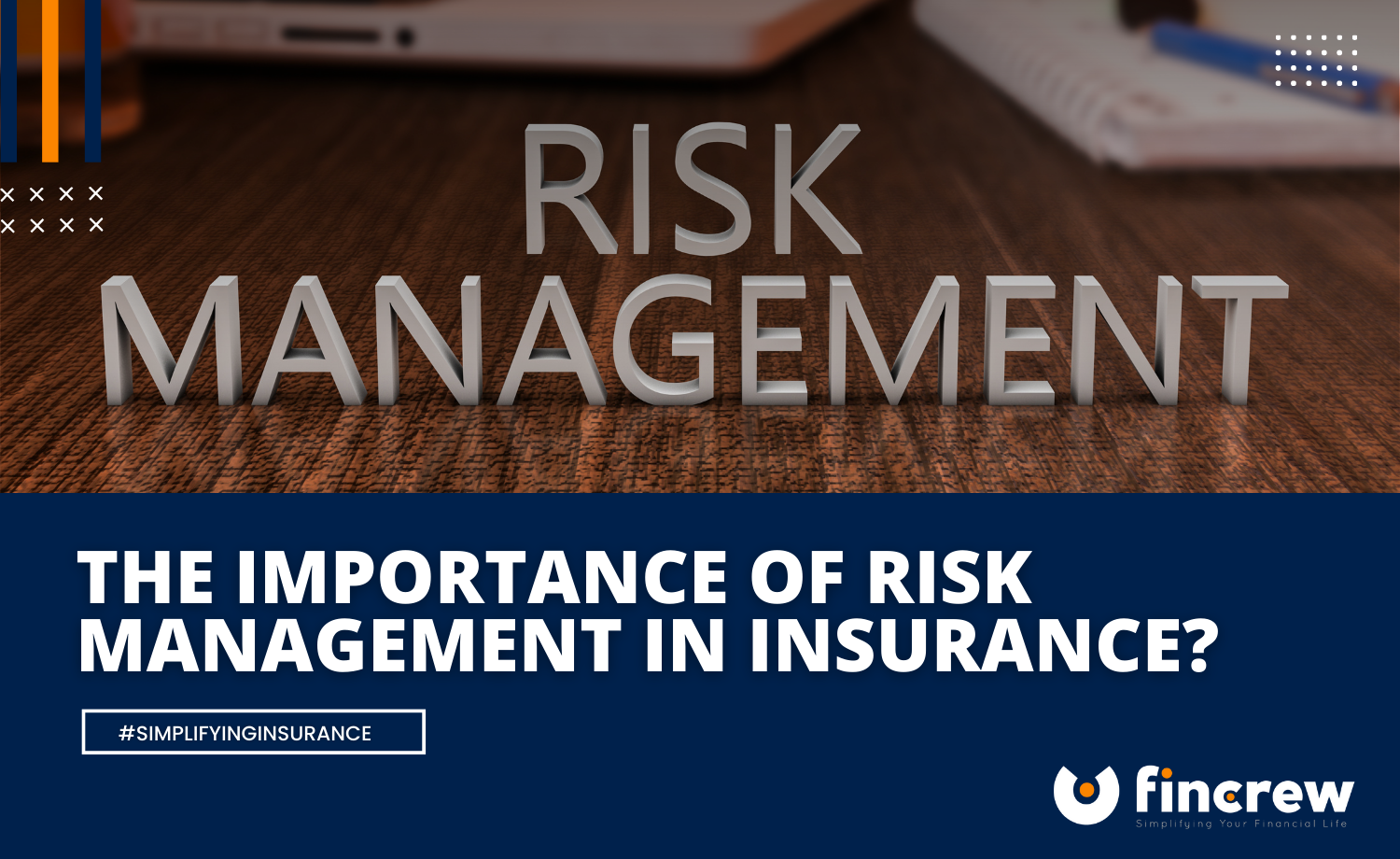The Long-Term Importance of Risk Management in Building Business Advantage
The Long-Term Importance of Risk Management in Building Business Advantage
Blog Article
Checking out the Value of Risk Management for Effective Decision-Making Techniques
In the complex world of service, Risk Management arises as an essential factor in the decision-making process. The capability to identify possible risks and chances, and plan as necessary, can spell the distinction between success and failure.
Comprehending the Concept of Risk Management
Risk Management, an important element in decision-making, is typically misunderstood or oversimplified. Risk Management entails disciplined and structured methods, utilizing data and insightful analyses. From economic uncertainties, lawful obligations, tactical Management mistakes, to mishaps and all-natural disasters, it addresses numerous threats - importance of risk management.
The Function of Risk Management in Decision-Making Processes
In the world of calculated planning and organization operations, Risk Management plays an integral duty in decision-making procedures. Risk Management thus ends up being an important device in decision-making, assisting leaders to make enlightened choices based on an extensive understanding of the risks entailed. Risk Management offers as an important element in the decision-making procedures of any company.

Exactly How Risk Management Improves Strategic Planning
In the context of tactical planning, Risk Management plays an essential function. Starting with the recognition of prospective dangers, it additionally extends to the implementation of Risk reduction procedures. The function of Risk Management is not static but dynamic, as it requires consistent monitoring and adjusting of strategies.
Identifying Potential Threats

Executing Risk Mitigation
Risk reduction strategies can range from Risk avoidance, Risk transfer, to run the risk of reduction. Each strategy should be tailored to the details Risk, considering its prospective effect and the organization's Risk tolerance. Efficient Risk reduction calls for a deep understanding of the Risk landscape and the prospective influence of each Risk.
Tracking and Changing Methods
Though Risk mitigation is a crucial step in strategic planning, continuous tracking and modification of these strategies is just as important. This continuous procedure permits companies to determine brand-new threats and reassess existing ones, making sure the carried out techniques why not find out more remain efficient in the ever-changing company setting. It likewise supplies an opportunity to examine the success of the Risk Management procedures, permitting modifications to be made where essential, more enhancing tactical preparation. Effective surveillance and adjustment call for the usage of analytics and vital efficiency indicators (KPIs) to measure performance. These tools provide valuable data-driven insights that can educate calculated decision-making. a knockout post Therefore, tracking and readjusting Risk Management methods is a critical element for enhancing an organization's resilience and calculated preparation.
Instance Studies: Successful Risk Management and Decision-Making
In the world of company and financing, effective Risk Management and decision-making usually serve as the columns of flourishing enterprises. These instances highlight the worth of sharp Risk Management in decision-making processes. These instances underscore the important role of Risk Management in critical decision-making.
Devices and Techniques for Reliable Risk Management
Browsing the complex puzzle of Risk Management requires the ideal collection of tools and techniques. These tools, such as Risk registers and heat maps, aid in identifying and assessing possible dangers. Techniques consist of both quantitative methods, like sensitivity analysis, and qualitative methods, such as SWOT evaluation. These aid in prioritizing dangers based on their possible effect and chance. Risk action approaches, a crucial element of Risk Management, entail approving, preventing, transferring, or mitigating risks. Monitoring and regulating dangers, via normal audits and evaluations, make certain that the methods continue to be efficient. With these techniques and devices, decision-makers can navigate the complex landscape of Risk Management, therefore promoting educated and efficient decision-making.
Future Fads in Risk Management and Decision-Making Approaches
As we explore the substantial landscape of Risk Management, it comes to be noticeable that the tools and strategies utilized today will certainly continue to useful content progress. The principle of Risk society, where every member of a company is aware and included in Risk Management, will certainly obtain more prestige. These fads declare an even more proactive and inclusive technique towards Risk Management and decision-making.
Verdict

Risk Management thus comes to be an important tool in decision-making, helping leaders to make educated choices based on a thorough understanding of the dangers involved. Risk mitigation methods can range from Risk evasion, Risk transfer, to run the risk of reduction (importance of risk management). Efficient Risk mitigation requires a deep understanding of the Risk landscape and the possible effect of each Risk. Risk action approaches, an essential component of Risk Management, entail approving, staying clear of, transferring, or mitigating dangers. The principle of Risk society, where every participant of an organization is mindful and entailed in Risk Management, will certainly acquire a lot more prominence
Report this page